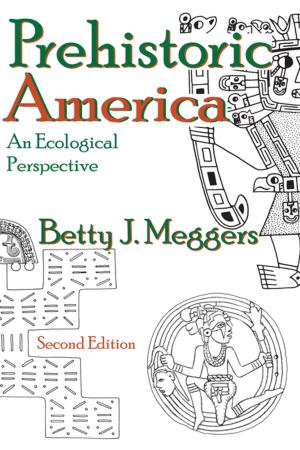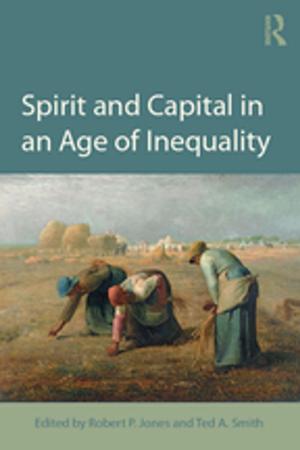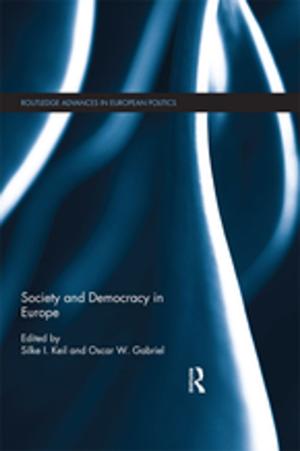Dickens, Journalism, and Nationhood
Mapping the World in Household Words
Fiction & Literature, Literary Theory & Criticism, British| Author: | Sabine Clemm | ISBN: | 9781135904067 |
| Publisher: | Taylor and Francis | Publication: | April 15, 2010 |
| Imprint: | Routledge | Language: | English |
| Author: | Sabine Clemm |
| ISBN: | 9781135904067 |
| Publisher: | Taylor and Francis |
| Publication: | April 15, 2010 |
| Imprint: | Routledge |
| Language: | English |
Dickens, Journalism, and Nationhood examines Charles Dickens’ weekly family magazine Household Words in order to develop a detailed picture of how the journal negotiated, asserted and simultaneously deconstructed Englishness as a unified (and sometimes unifying) mode of expression. It offers close readings of a wide range of materials that self-consciously focus on the nature of England as well as the relationship between Britain and the European continent, Ireland, and the British colonies. Starting with the representation and classification of identities that took place within the framework of the Great Exhibition of 1851, it suggests that the journal strives for a model of the world in concentric circles, spiraling outward from the metropolitan center of London. Despite this apparent orderliness, however, each of the national or regional categories constructed by the journal also resists and undermines such a clear-cut representation.
Dickens, Journalism, and Nationhood examines Charles Dickens’ weekly family magazine Household Words in order to develop a detailed picture of how the journal negotiated, asserted and simultaneously deconstructed Englishness as a unified (and sometimes unifying) mode of expression. It offers close readings of a wide range of materials that self-consciously focus on the nature of England as well as the relationship between Britain and the European continent, Ireland, and the British colonies. Starting with the representation and classification of identities that took place within the framework of the Great Exhibition of 1851, it suggests that the journal strives for a model of the world in concentric circles, spiraling outward from the metropolitan center of London. Despite this apparent orderliness, however, each of the national or regional categories constructed by the journal also resists and undermines such a clear-cut representation.















